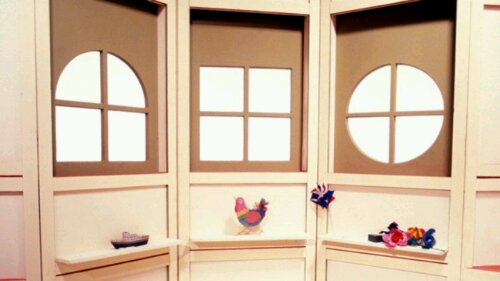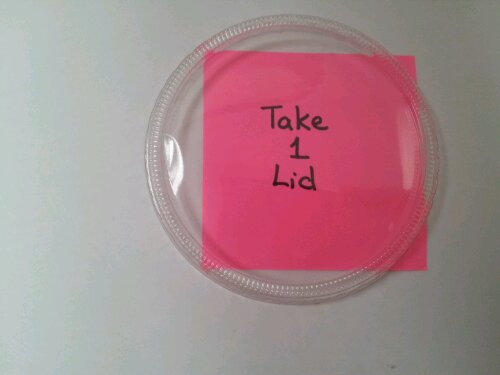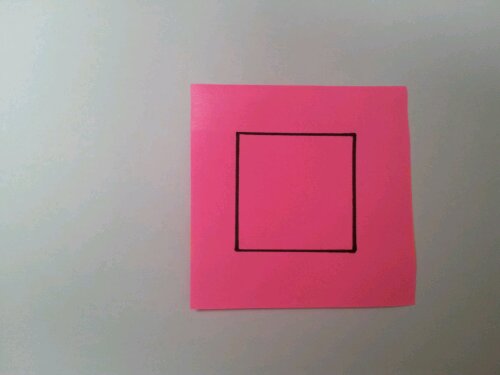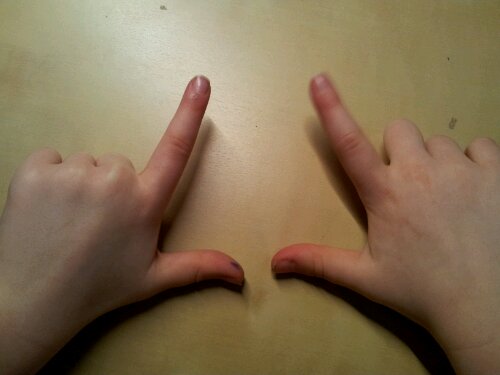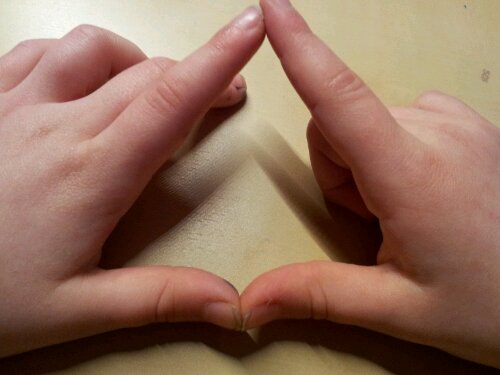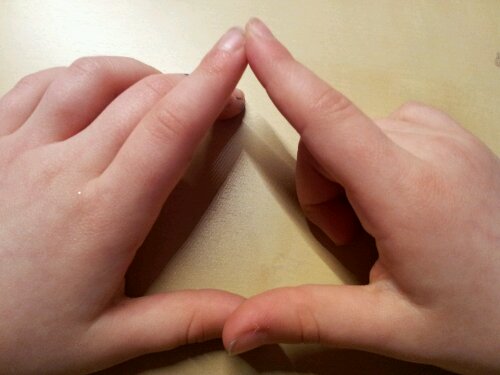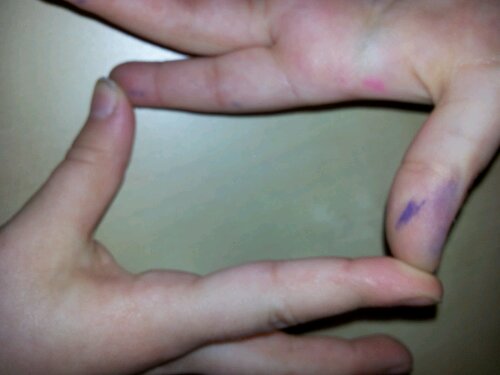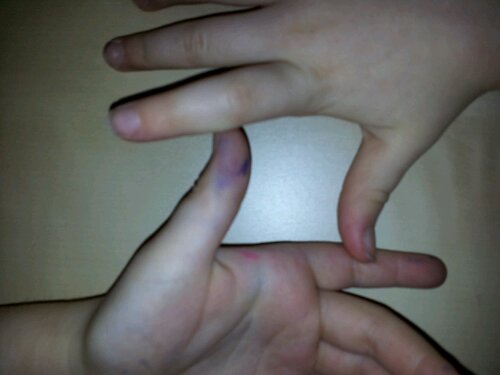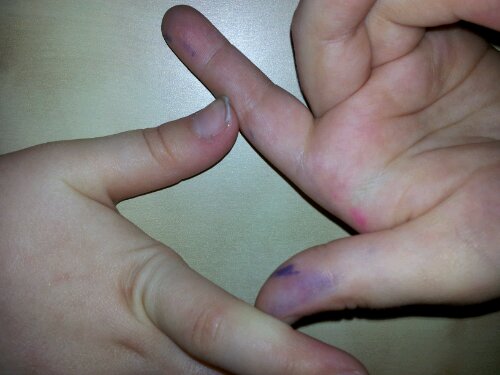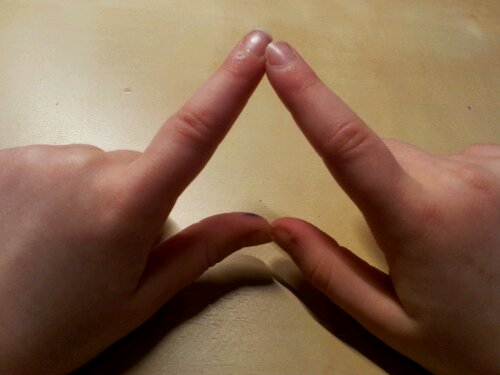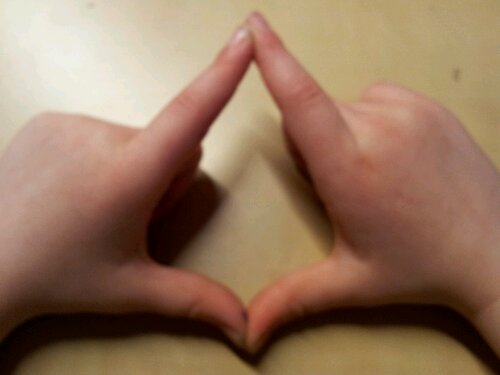Did you get the ‘Through the square window’ reference? Hmmm… for those too young to remember the BBC programme ‘Playschool’ here is a picture:
This activity is all about regular polygons. It would be best for primary pupils or lower ability KS3.
Equipment
Clear lids from big yoghurt pots.
Sharpie markers or similar
Post-it notes
Pencil, ruler, protractor, compasses
Prep
On the reverse of a post-it note, draw a regular polygon.
Stick the post-it on the underside of the lid.
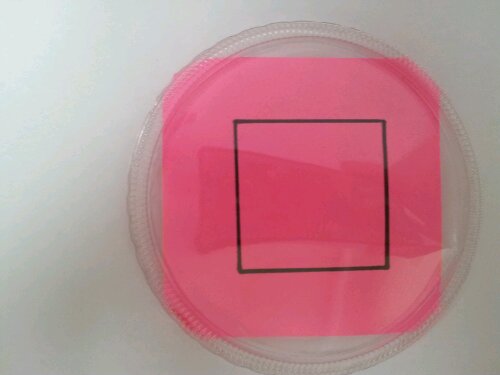
Trace the shape onto the plastic lid.

Label it.
You have just made a shape viewer!
Activity
Give pupils shape viewers and challenge them to find as many ‘real life’ examples of each shape as they can in the classroom or playground.
As the lids are clear, pupils can look through them to find the shapes.
Note
You could make a rectangle viewer and challenge pupils to explain why it isn’t regular.

